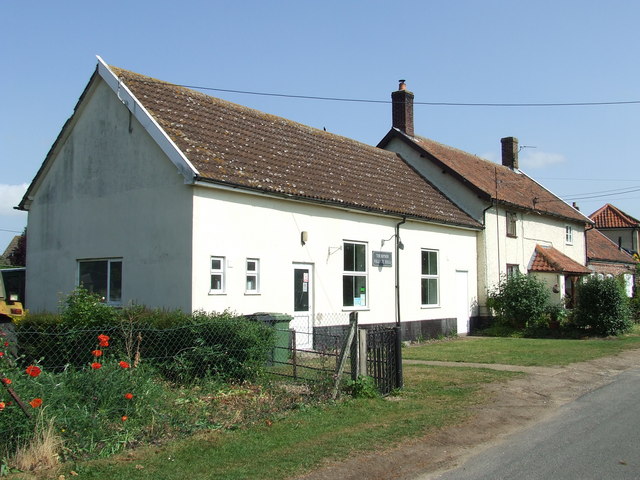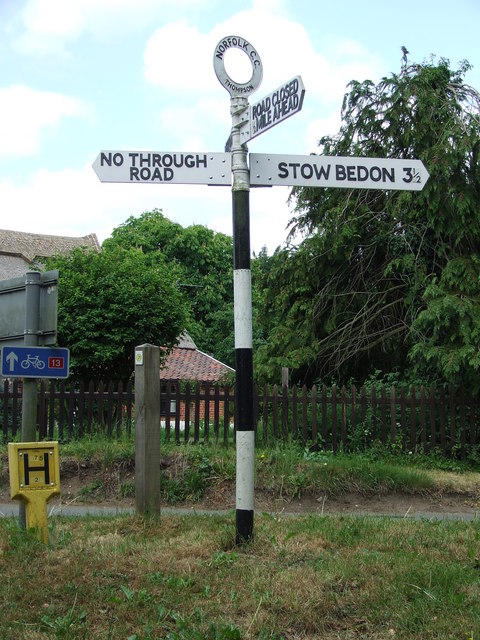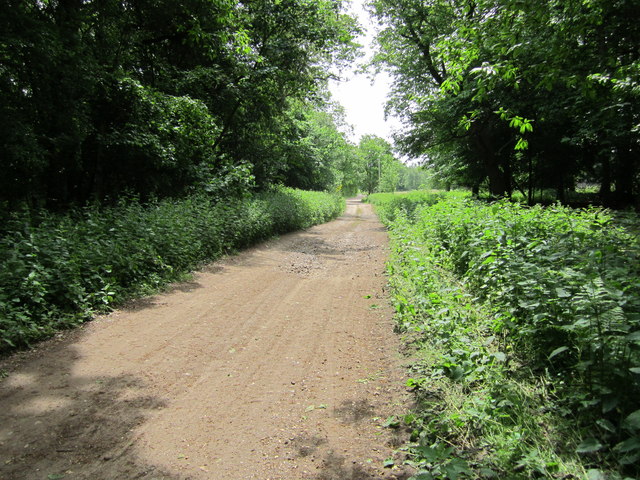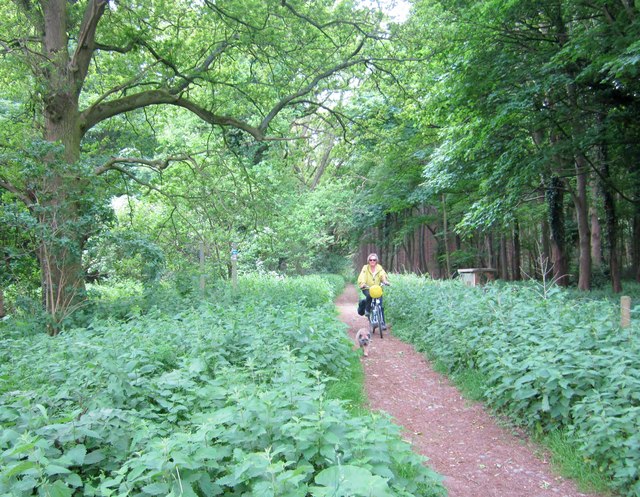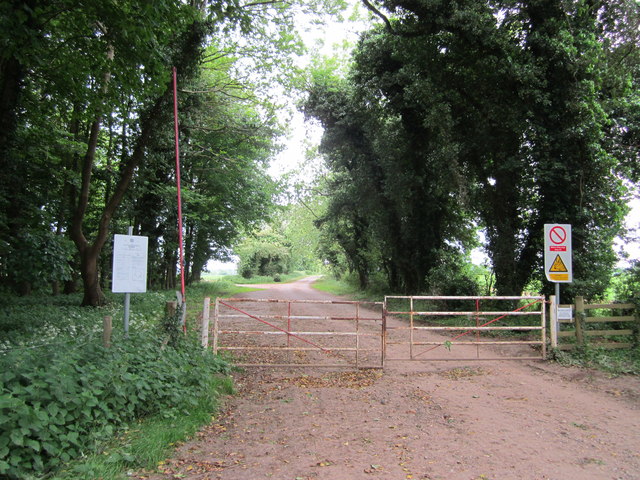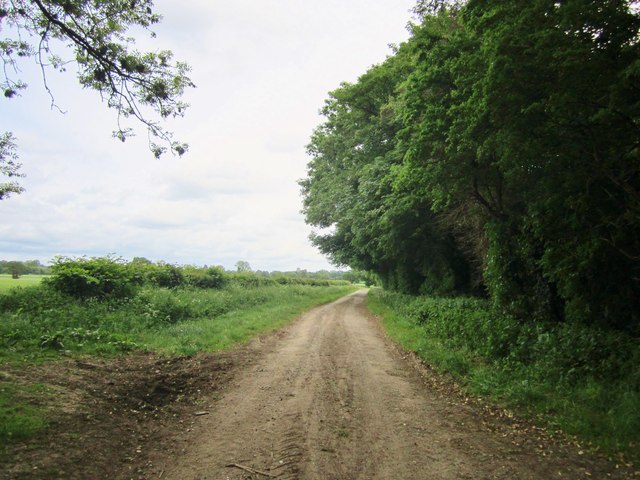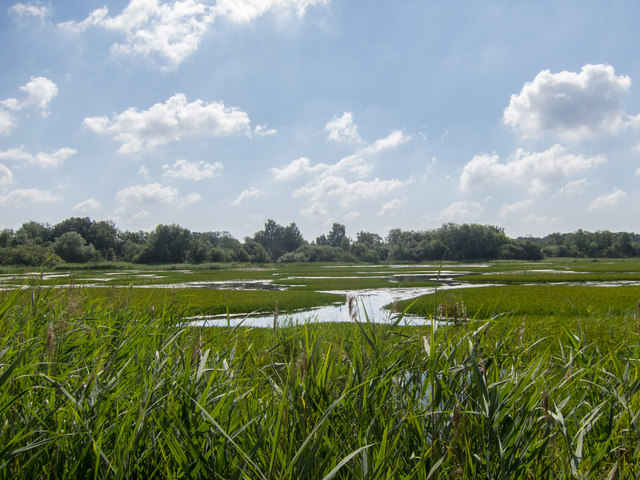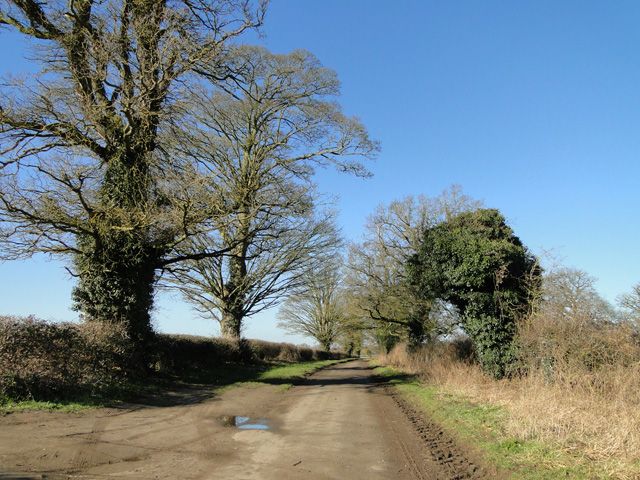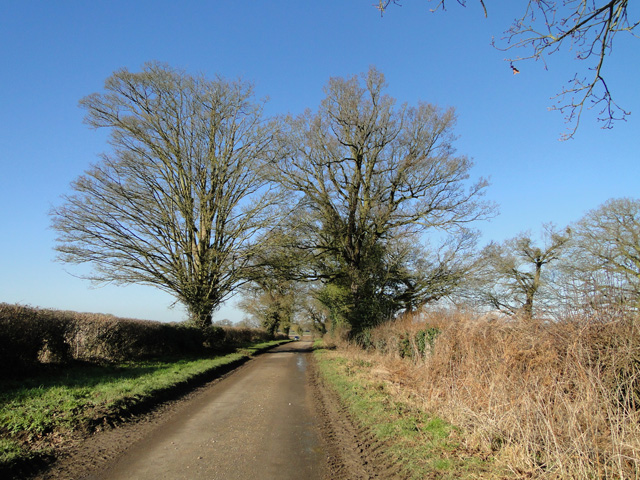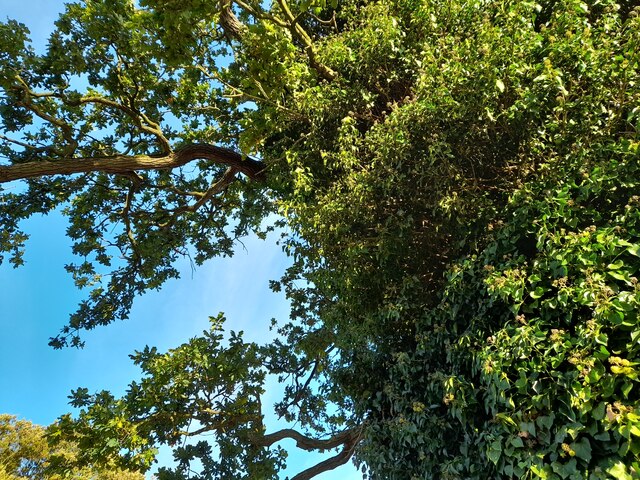Waterhouse Plantation
Wood, Forest in Norfolk Breckland
England
Waterhouse Plantation
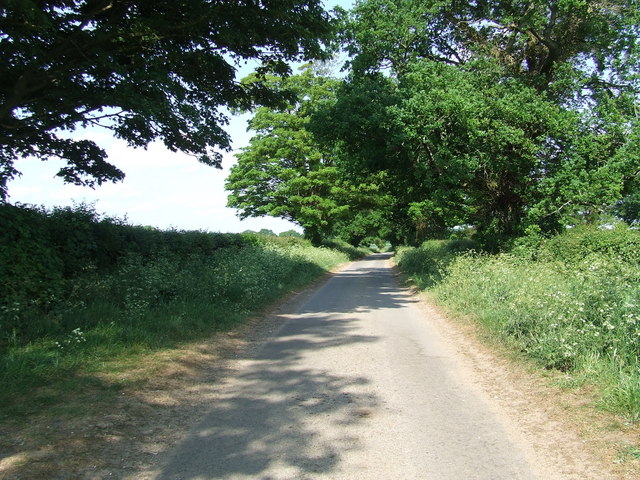
Waterhouse Plantation is a picturesque woodland area located in Norfolk, England. Spanning over a vast expanse, it is renowned for its diverse vegetation and tranquil atmosphere, attracting nature enthusiasts and walkers alike.
Nestled amidst the captivating Norfolk countryside, Waterhouse Plantation boasts a rich and diverse ecosystem. The plantation is predominantly composed of a mixture of broadleaf and coniferous trees, such as oak, beech, pine, and spruce, which create a beautifully textured forest canopy. This varied vegetation provides a haven for a wide range of wildlife, including numerous bird species, small mammals, and insects.
The plantation offers an extensive network of well-maintained footpaths, allowing visitors to explore the enchanting woodlands at their leisure. These pathways meander through the plantation, offering glimpses of stunning vistas and secluded clearings. The peaceful ambiance of the woodland is enhanced by the gentle rustling of leaves, harmonizing with the occasional chorus of birdsong.
Throughout the seasons, Waterhouse Plantation showcases its natural splendor. Spring brings a vibrant burst of color, as wildflowers carpet the forest floor. In summer, the lush greenery provides cool shade, inviting walkers to take respite from the warm sun. Autumn transforms the woodland into a kaleidoscope of red, orange, and gold, as the trees shed their leaves, while winter unveils a serene landscape, blanketed in a delicate layer of frost or snow.
Waterhouse Plantation offers a serene and rejuvenating escape from the hustle and bustle of city life. Its natural beauty and tranquil atmosphere make it an ideal destination for nature lovers seeking solace in the heart of the Norfolk countryside.
If you have any feedback on the listing, please let us know in the comments section below.
Waterhouse Plantation Images
Images are sourced within 2km of 52.519632/0.811425 or Grid Reference TL9095. Thanks to Geograph Open Source API. All images are credited.
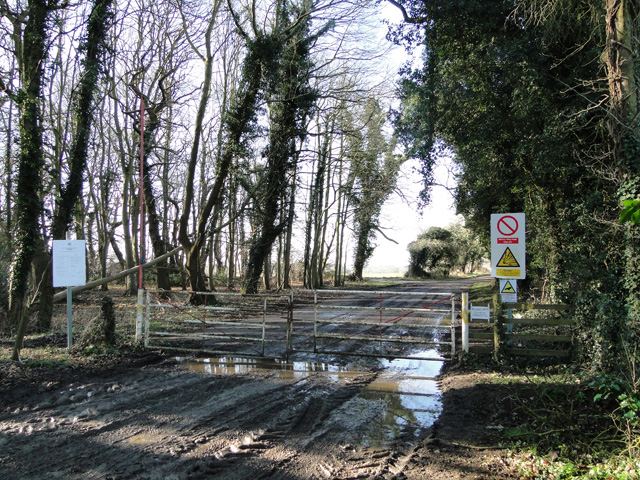
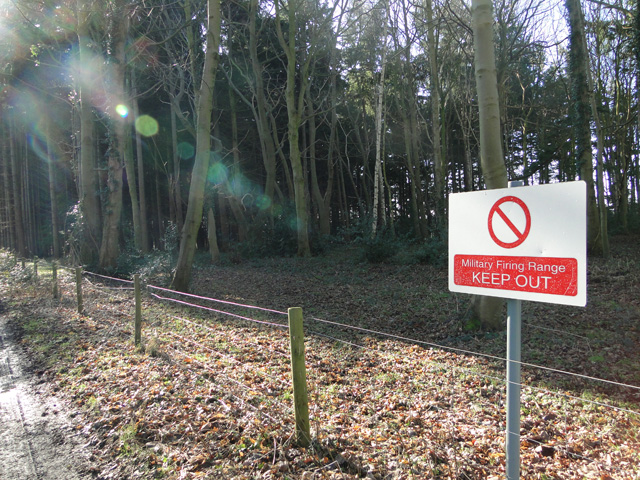
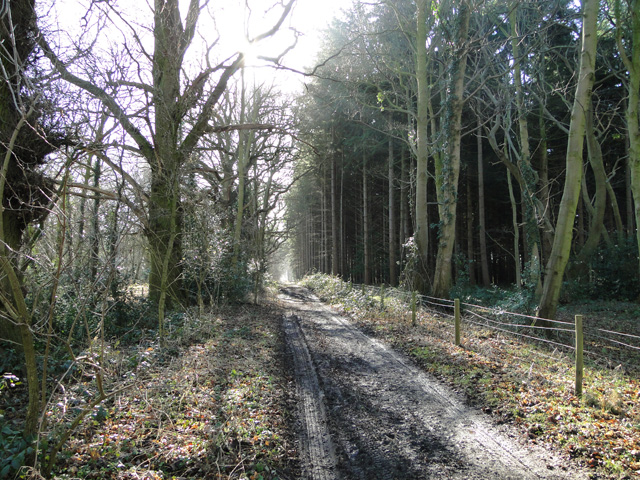
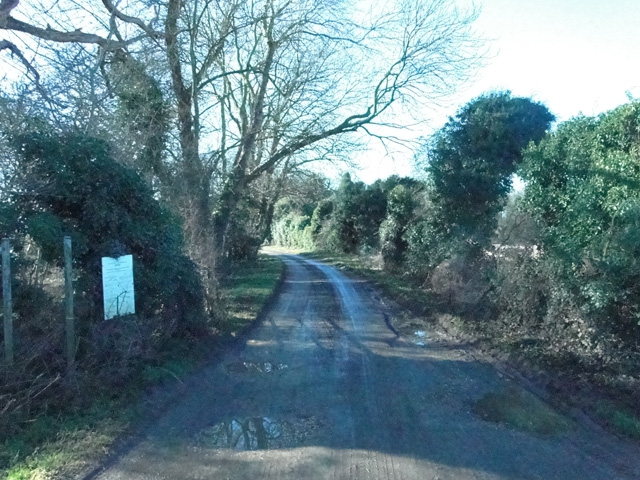
Waterhouse Plantation is located at Grid Ref: TL9095 (Lat: 52.519632, Lng: 0.811425)
Administrative County: Norfolk
District: Breckland
Police Authority: Norfolk
What 3 Words
///cute.guessing.greet. Near Watton, Norfolk
Nearby Locations
Related Wikis
Tottington, Norfolk
Tottington is a deserted village and civil parish in the English county of Norfolk. It is situated some 6.2 miles (10.0 km) north of the town of Thetford...
Thompson, Norfolk
Thompson is a civil parish in the English county of Norfolk. It covers an area of 9.20 km2 (3.55 sq mi) and including Tottington had a population of 341...
Great Eastern Pingo Trail
Great Eastern Pingo Trail is a 9.2 kilometres (5.7 miles) long footpath along a disused railway line north of Thetford in Norfolk. It is a 4.2-hectare...
Merton Hall, Norfolk
Merton Hall is a 19th century country house in Merton, Norfolk, England. The extant north-west wing is a Grade II listed building. The 17th-century gatehouse...
Thompson Water, Carr and Common
Thompson Water, Carr and Common is a 154.7-hectare (382-acre) biological Site of Special Scientific Interest north of Thetford in Norfolk. Most of it is...
Cranberry Rough, Hockham
Cranberry Rough is an 81.1-hectare (200-acre) biological and geological Site of Special Scientific Interest in the parish of Hockham, east of Attleborough...
Wretham Park Meres
Wretham Park Meres is a 30-hectare (74-acre) biological Site of Special Scientific Interest north of Thetford in Norfolk.This site consists of four natural...
Sturston, Norfolk
Sturston is a deserted village and civil parish in the English county of Norfolk. It is situated some 7+1⁄2 miles (12 km) north of the town of Thetford...
Nearby Amenities
Located within 500m of 52.519632,0.811425Have you been to Waterhouse Plantation?
Leave your review of Waterhouse Plantation below (or comments, questions and feedback).

